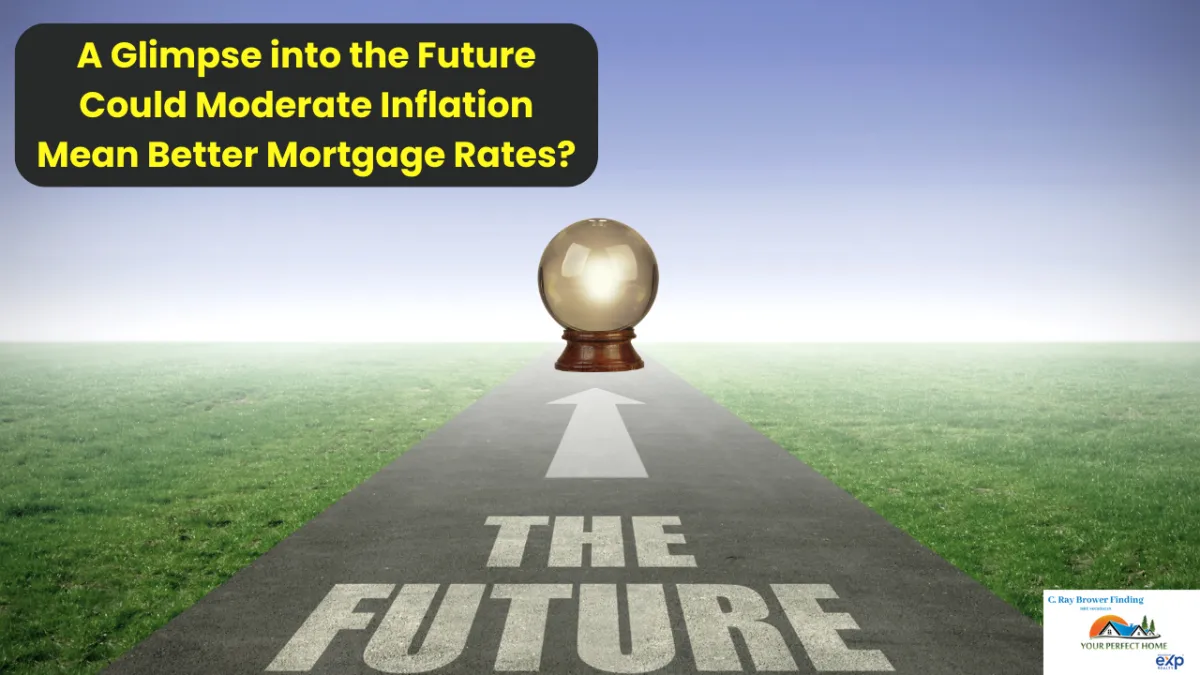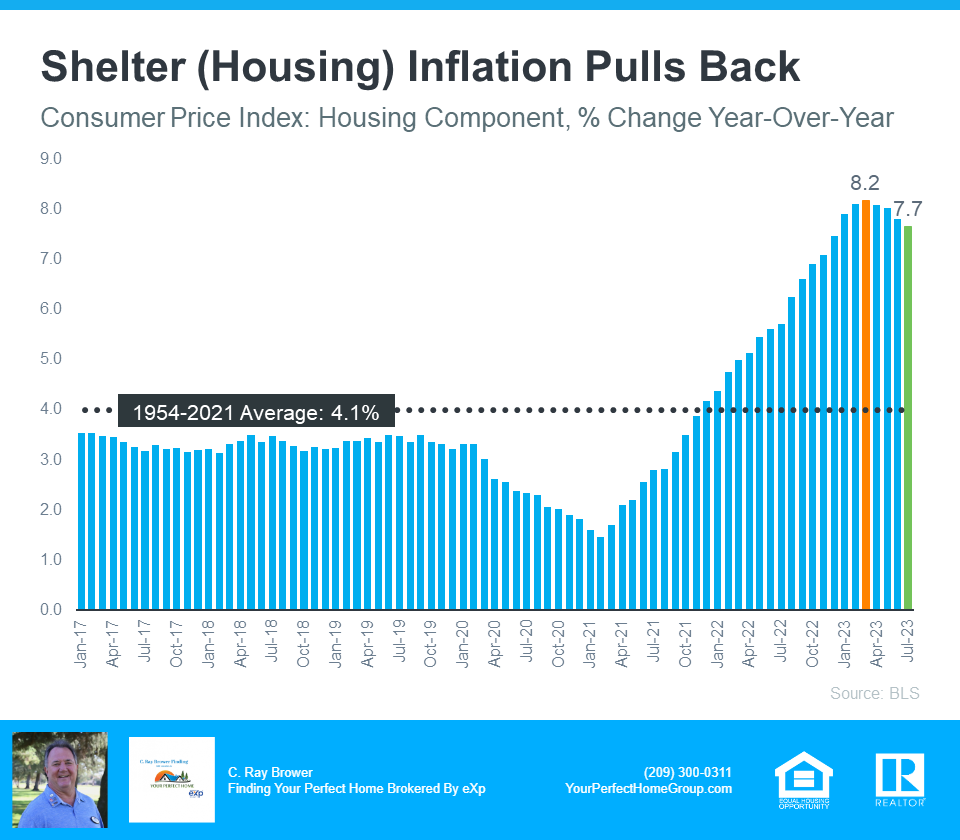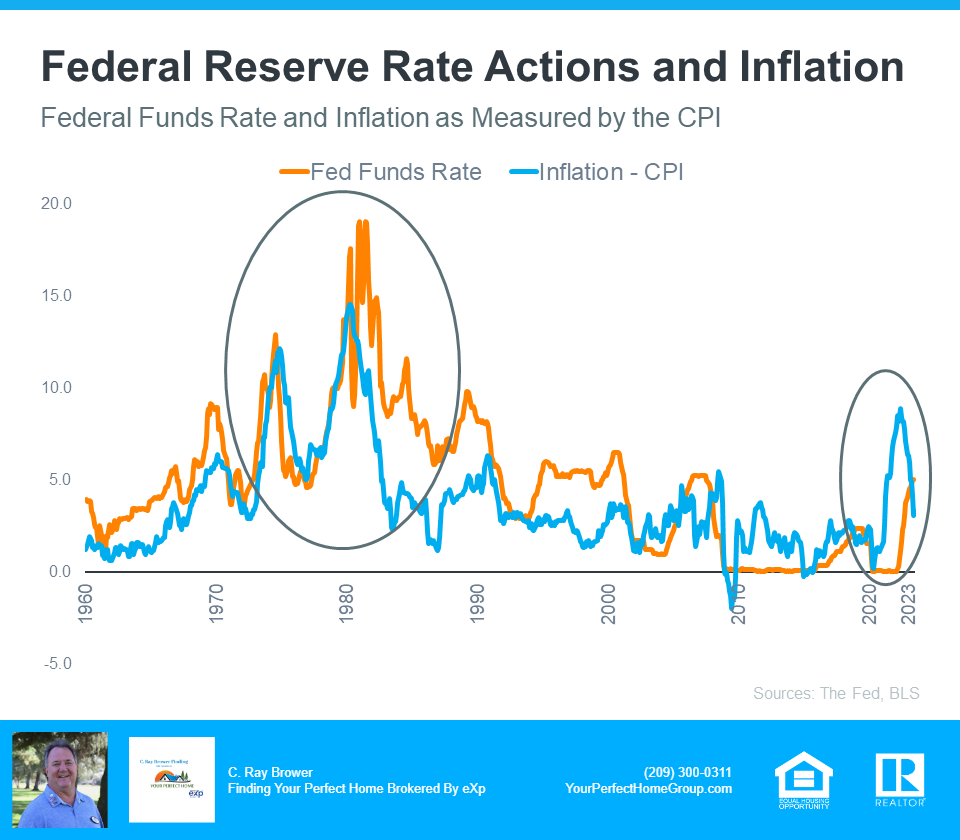Blog

A Glimpse into the Future: Could Moderate Inflation Mean Better Mortgage Rates?
The Relationship Between Housing Inflation and Overall Inflation
Understanding the intricate dance between housing inflation and overall inflation is crucial in navigating the complex world of real estate, especially here in San Joaquin County. At the heart of this connection lies a critical factor: shelter inflation. Shelter inflation is the measure of price growth specific to the housing sector. It is derived from a comprehensive survey conducted by the Bureau of Labor Statistics (BLS), involving both renters and homeowners.
In this survey, renters are asked about their monthly rent payments, while homeowners are queried about how much they would charge if they were to rent their homes instead of residing in them. It's a meticulous process that captures the ever-evolving dynamics of the housing market. Just as overall inflation reflects the cost of everyday goods and services, shelter inflation encapsulates the fluctuations in housing costs.
In recent months, we've witnessed an intriguing trend in shelter inflation – it has been on a steady decline (as depicted in the graph below). As we look at this graph one thing to keep in mind is that the pull back in shelter inflation, is not a depreciation in housing prices. It is a slow down in the appreciation of housing prices. And the closer we get to the average appreciation of housing prices the better it is for a return to a more normal interest rate. This trend is essential to grasp because shelter inflation contributes significantly to the overall inflation rate, as measured by the Consumer Price Index (CPI). Roughly one-third of overall inflation is attributed to changes in housing costs. Therefore, when shelter inflation undergoes shifts, it invariably triggers noticeable repercussions in the broader inflation landscape.

The significance of this downward trend in shelter inflation cannot be overstated. It may be an indicator of what lies ahead in terms of overall inflation. If shelter inflation continues on this trajectory, we could potentially see a decrease in overall inflation in the coming months.
This moderation in inflation would be particularly welcomed by the Federal Reserve (commonly called the Fed). Since the outset of 2022, the Fed has diligently worked to control inflation. While they have made some progress – inflation peaked at a staggering 8.9% last year – they are still striving to reach their target of 2%. The latest reports indicate that inflation currently hovers at 3.3%, illustrating policymakers' ongoing challenges.
Inflation and the Federal Funds Rate
So, what measures has the Federal Reserve taken to combat rising inflation? Their primary tool has been the Federal Funds Rate. This interest rate plays a pivotal role in determining how much it costs banks to borrow money from each other. In response to the surge in inflation, the Fed has consistently raised the Federal Funds Rate to prevent the economy from overheating.
The graph below illustrates the intricate relationship between inflation (depicted by the blue line) and the Federal Funds Rate (shown in the orange line). Each time inflation begins to climb, the Fed responds by increasing the Federal Funds Rate, aiming to bring it back in line with their target of 2%.

The circled portion of the graph highlights the most recent spike in inflation, the swift actions taken by the Fed to raise the Federal Funds Rate in response, and the subsequent moderation of inflation that ensued. As inflation edges closer to the Fed's 2% goal, they may not need further to increase the Federal Funds Rate in the near future.
A Brighter Future for Mortgage Rates?
How does this relate to your real estate endeavors, particularly in San Joaquin County? While the Federal Reserve's actions don't directly dictate mortgage rates, they significantly influence them. As Mortgage Professional America (MPA) succinctly puts it:
"...mortgage rates and inflation are connected, however indirectly. When inflation rises, mortgage rates rise to keep up with the value of the US dollar. When inflation drops, mortgage rates follow suit."
While predicting the exact trajectory of mortgage rates remains uncertain, there's a glimmer of hope in the form of moderating inflation within the broader economy.
The Bottom Line
Whether you're contemplating a real estate transaction, looking to sell, or merely seeking to stay well-informed about the ever-evolving housing market in San Joaquin County, we encourage you to connect with us. In this dynamic landscape, where inflation and interest rates hold sway, having a dedicated and knowledgeable real estate team by your side can make all the difference. Reach out to us today and embark on a journey towards making informed real estate decisions in this unique market. Your future in San Joaquin County's housing market awaits!






